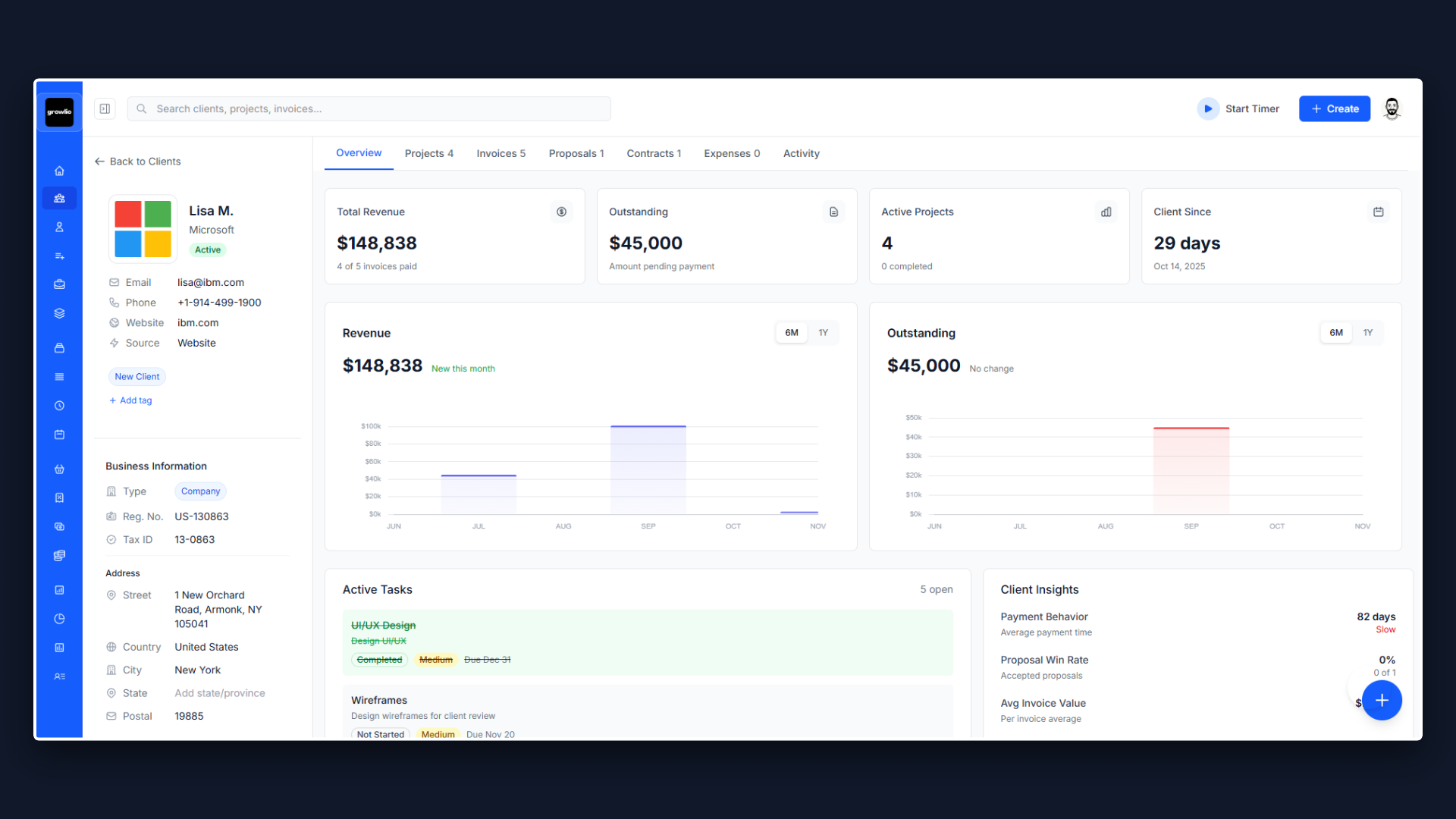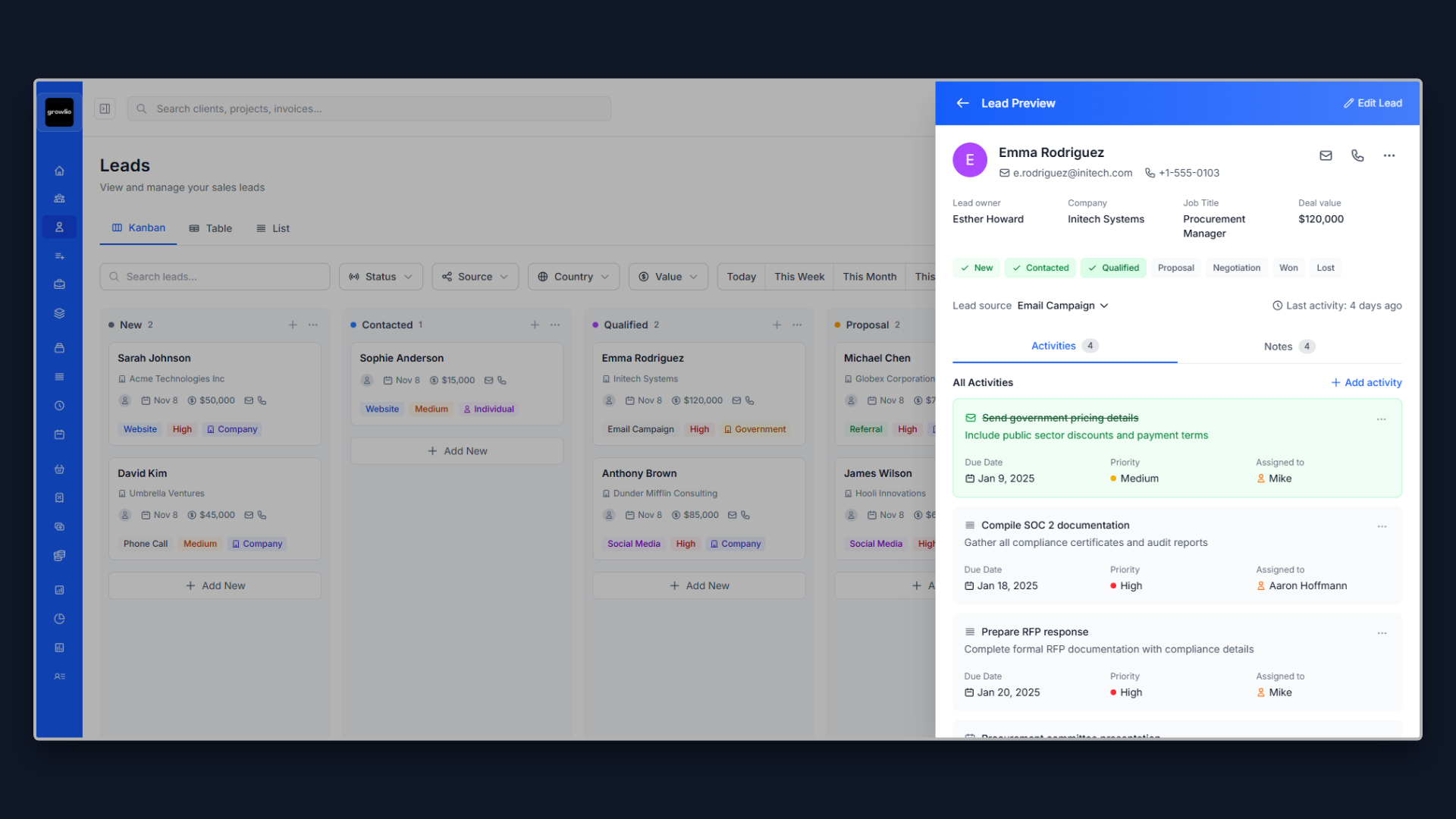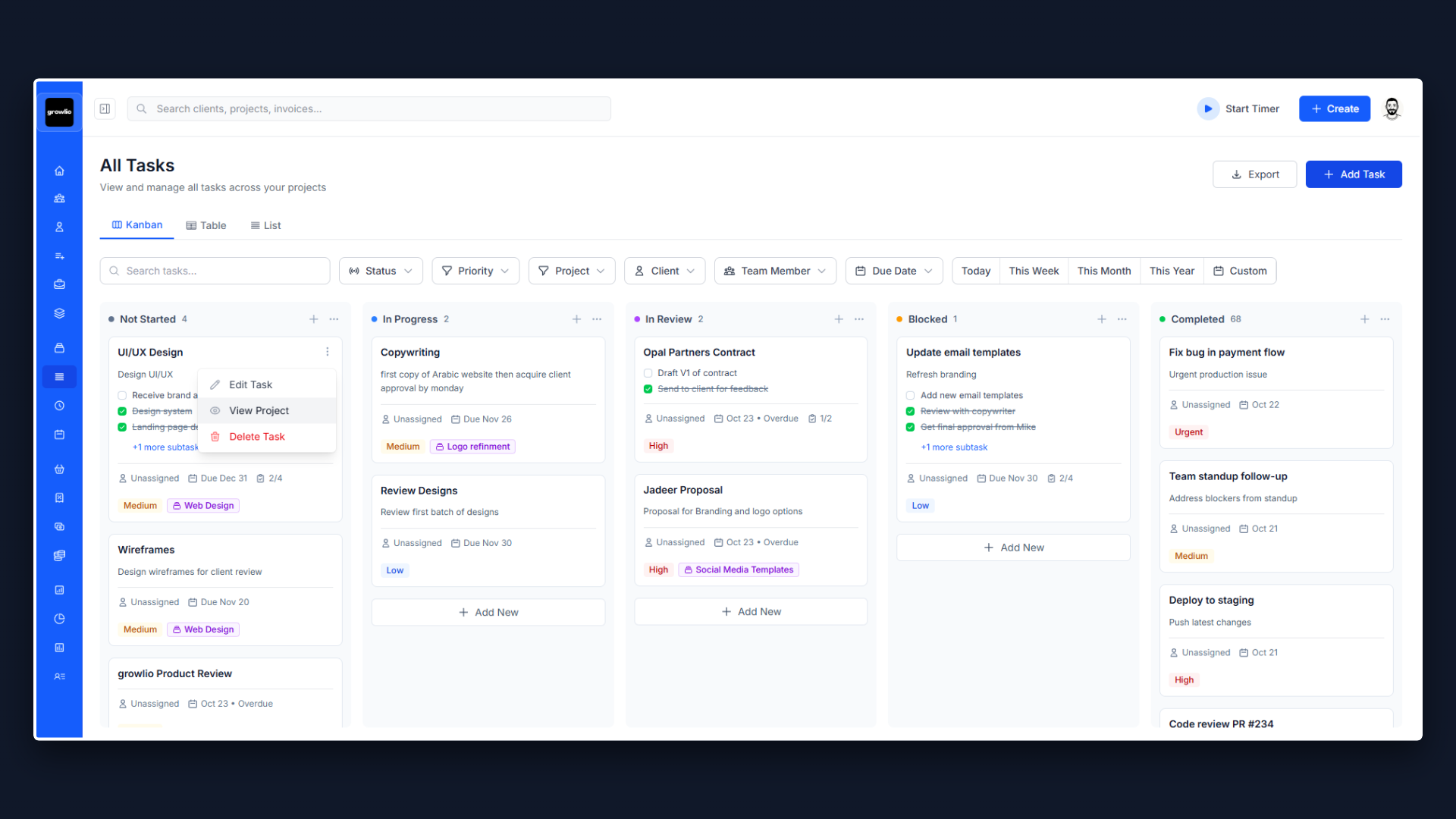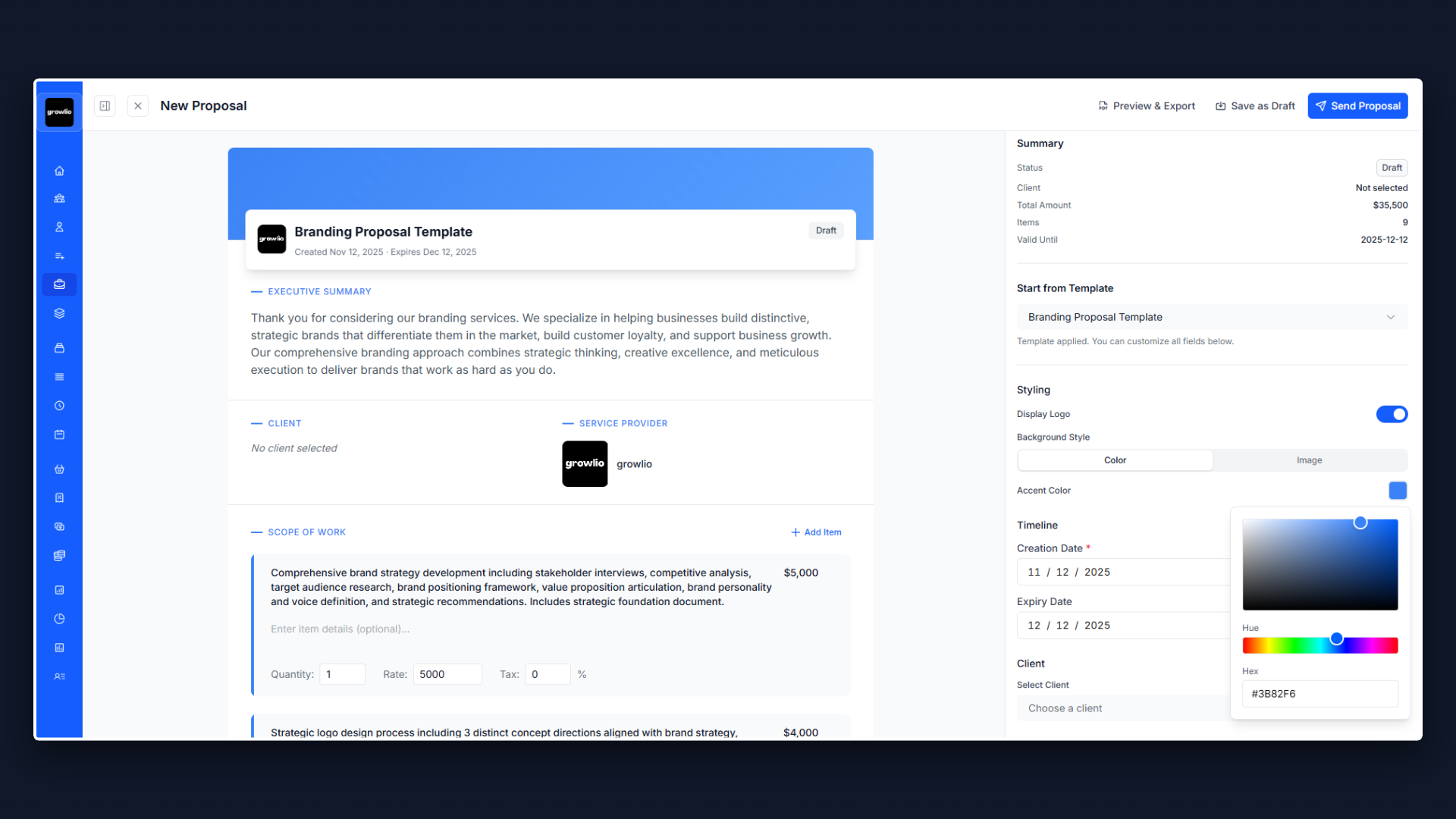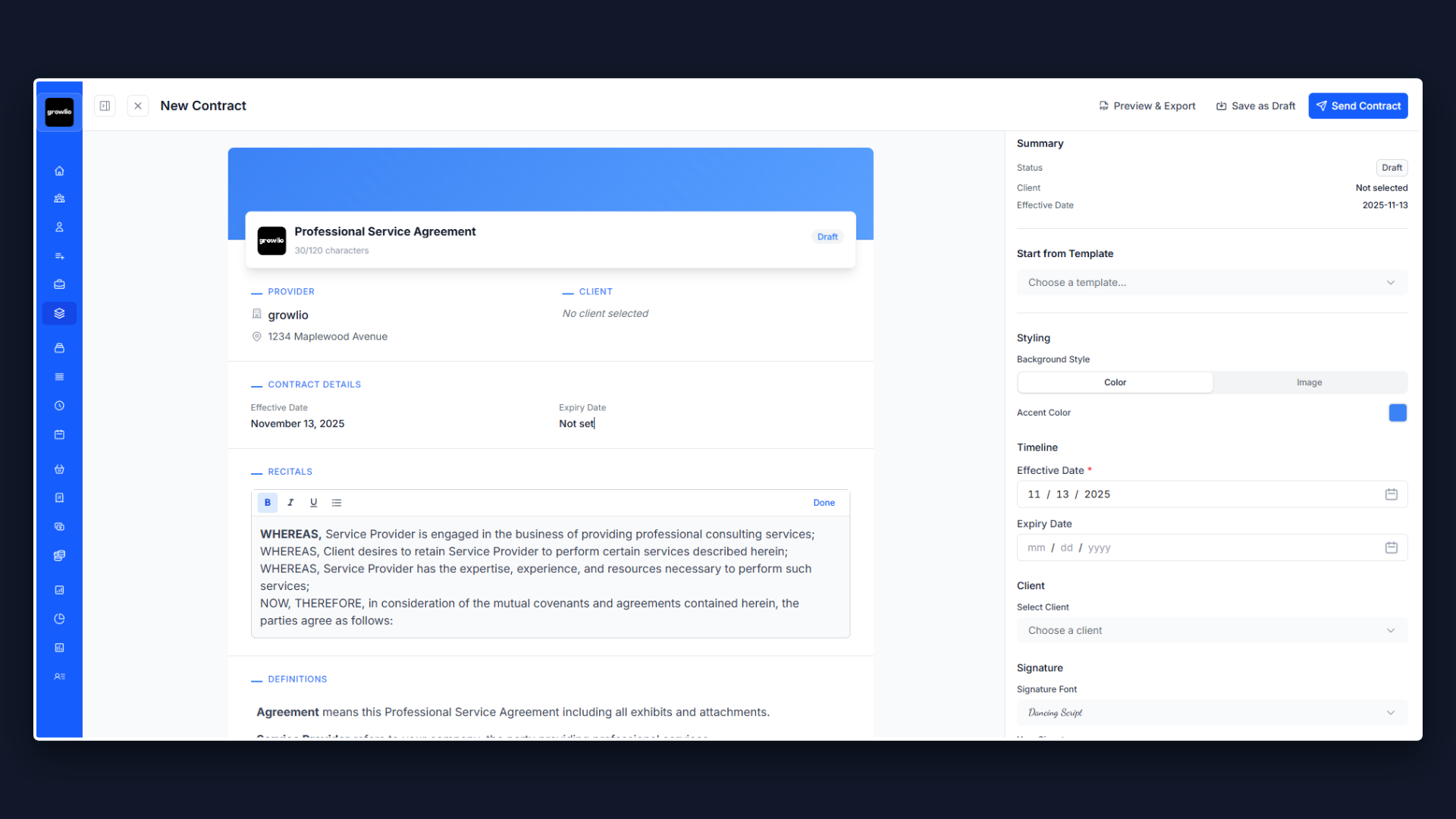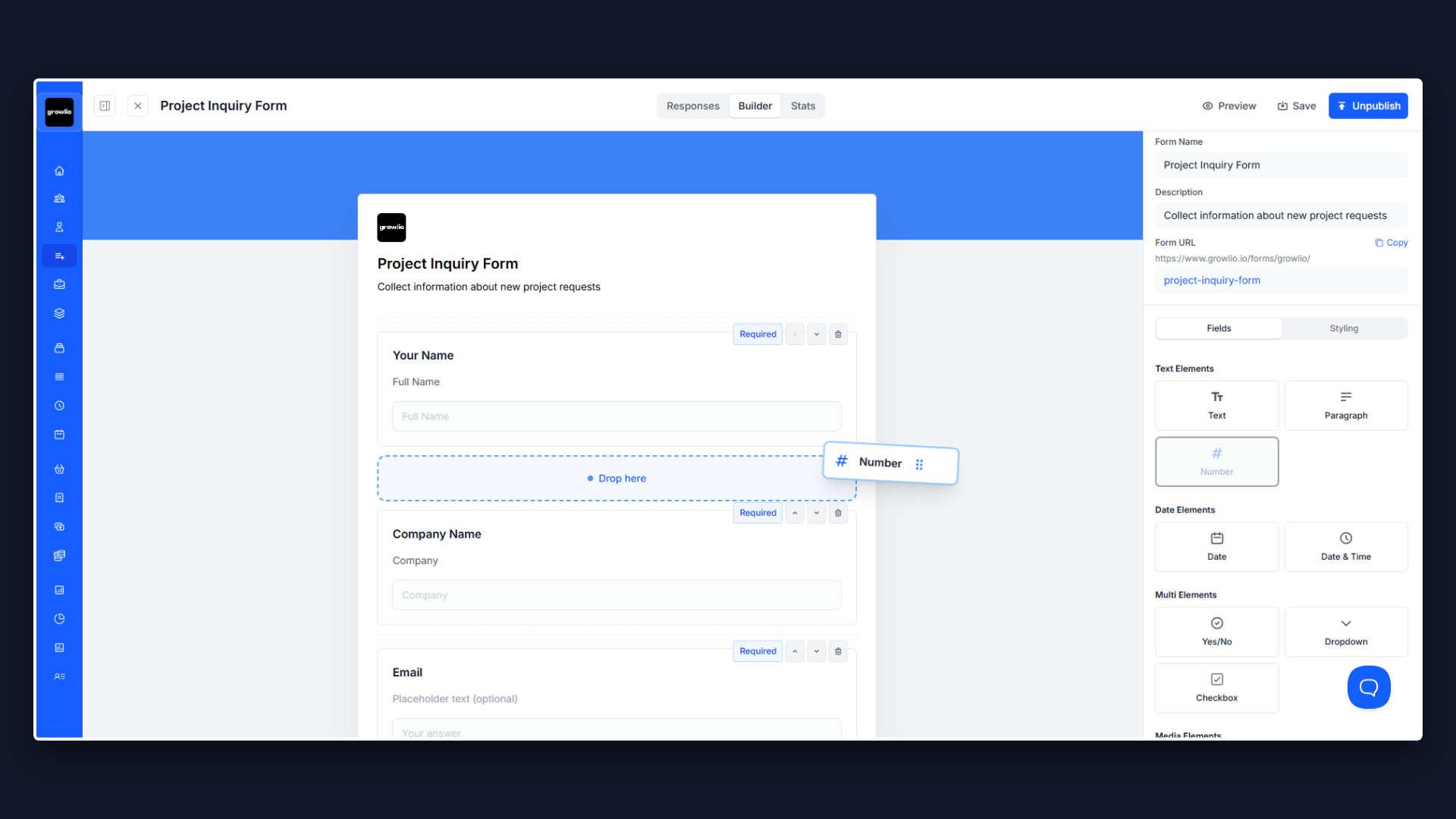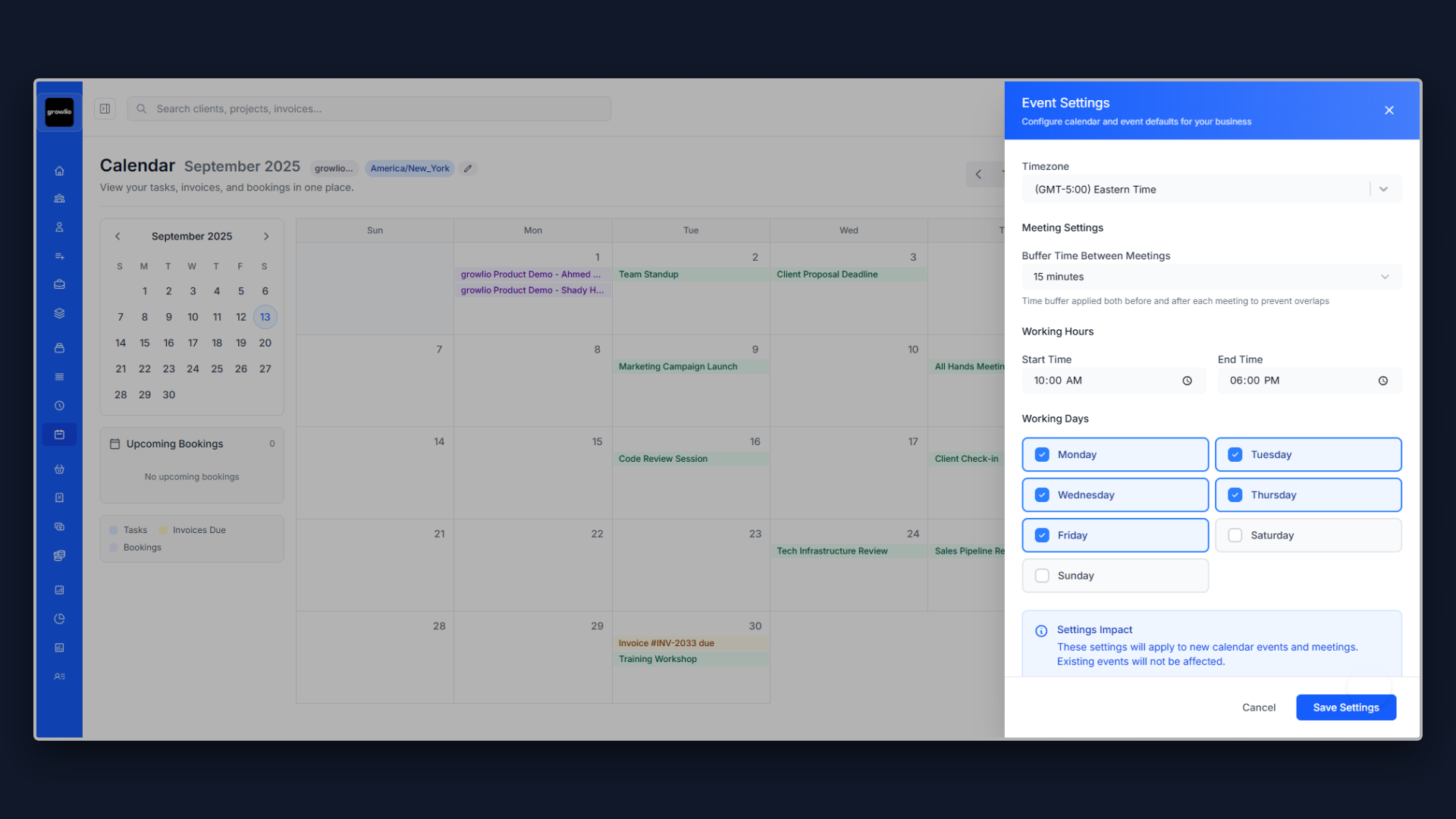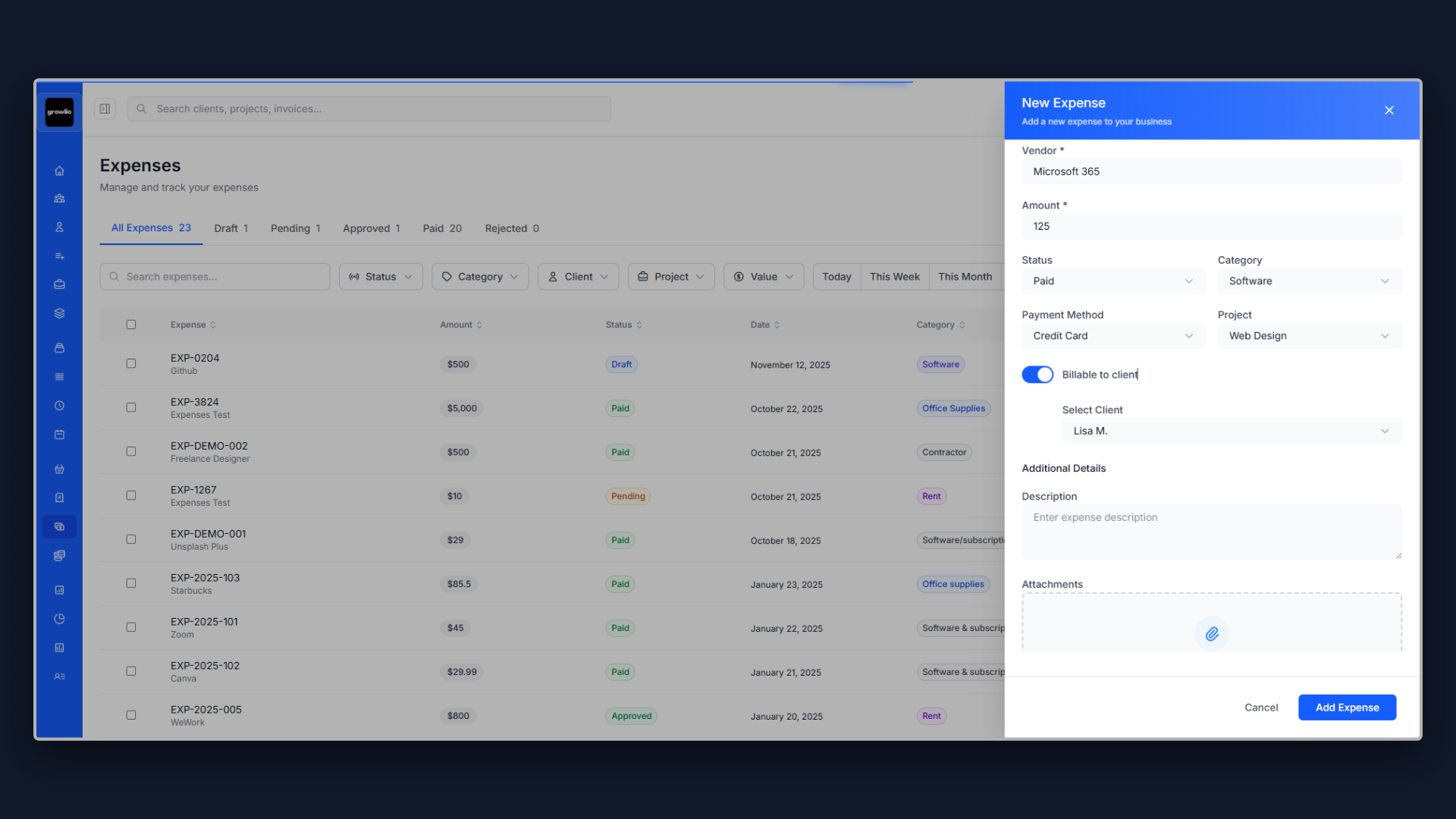Why Your App Development Proposal Makes or Breaks Your Business
Here is what most app developers get wrong: they lead with platform choices, programming languages, and impressive app portfolios. They talk about Swift versus React Native, their experience with push notifications, and the number of apps they have built before understanding whether a mobile app is even the right solution or what problem it needs to solve.
The result? Proposals that focus on technical implementation over business outcomes. Clients cannot differentiate between developers because everyone lists iOS, Android, and cross-platform capabilities. Price becomes the only decision factor. Projects launch beautiful apps that nobody downloads or uses. And developers wonder why their perfectly coded apps fail to gain traction.
A professional app development proposal does something different: it demonstrates you understand that building an app is easy, but building an app people want to download, use regularly, and recommend is hard. It educates clients on why app strategy, user validation, and app store competition matter more than whether you use native or hybrid development. It sets realistic expectations about app store approval, user acquisition costs, and ongoing maintenance requirements.
This template gives you the exact framework to create proposals that win app development projects at profitable rates while setting realistic expectations for app success from day one.
1. Start With Why They Need an App, Not How You Build Apps
Before discussing iOS versus Android, native versus hybrid, or your development process, validate that a mobile app is the right solution. What problem does the app solve that a mobile-optimized website cannot? Why will users download and keep the app? What unique mobile capabilities (camera, GPS, push notifications, offline access) are essential?
Your proposal should demonstrate you understand their app strategy. Address market opportunity: size of potential user base, competitive apps and their limitations, user willingness to download another app, monetization strategy viability, and unique value proposition that justifies app store presence.
For example: "Our analysis shows your target users already use 3-4 competitor apps in this category, averaging 2.5 minutes per session. For users to download and retain your app, it must offer significant differentiation. Your planned offline-first architecture and AI-powered recommendations provide this differentiation. However, we recommend validating these assumptions through user interviews before full development to ensure they resonate with your target audience."
This approach shows you prioritize app-market fit over just building an app.
2. Platform Strategy: Native, Hybrid, or Progressive Web App
One of the most critical decisions is platform approach. Your proposal should explain this choice clearly with honest trade-offs, not just push your preferred technology.
Explain native app development (Swift for iOS, Kotlin for Android): best performance and user experience, full access to platform features, platform-specific UI that feels natural, easier App Store approval, but requires separate codebases for iOS and Android, higher development cost and longer timeline, and maintaining two codebases ongoing.
Detail hybrid/cross-platform (React Native, Flutter): single codebase for both platforms, faster development and lower initial cost, good performance for most use cases, easier to find developers, but some platform limitations, occasionally feels less native, more complex for platform-specific features, and dependency on framework longevity.
Address Progressive Web Apps (PWA): works across all devices, no app store approval needed, easier updates without store delays, lower development cost, but limited offline capabilities, no push notifications on iOS, less discoverable than app stores, and stigma of not being real app.
Be honest about which approach fits their needs: if budget is limited and features are standard, hybrid makes sense; if performance and polish are critical, native is better; if audience skews Android and budget is tight, Android-first then iOS; if discoverability through app stores is not critical, PWA could work.
3. Discovery, Competitive Analysis, and App Strategy
The app stores have millions of apps, most of which fail. Your proposal should position strategy and validation as essential, not optional extras.
Detail discovery process: stakeholder interviews to align on vision and goals, competitive app analysis to understand market and opportunities, user research to validate problems and solutions, feature prioritization for MVP approach, monetization strategy validation, and app store category and positioning research.
Explain competitive analysis: identifying direct and indirect competitors, analyzing competitor ratings and reviews for insights, understanding competitor feature sets and gaps, studying competitor monetization approaches, reviewing competitor app store optimization, and identifying differentiation opportunities.
Address why this matters: app stores are saturated requiring clear differentiation, users compare your app to all apps they use not just category competitors, app store algorithms favor apps with strong retention and ratings, poor initial reviews doom apps to obscurity, and understanding why competitors succeed or fail prevents repeating mistakes.
Set expectations: research may reveal pivots needed in strategy, some planned features may prove table-stakes not differentiators, monetization assumptions may need validation, and launching without clear strategy leads to expensive failures.
4. User Experience Design for Mobile
Mobile UX differs fundamentally from web. Your proposal should demonstrate understanding of mobile-specific design principles and constraints.
Detail mobile UX approach: designing for small screens and thumb navigation, following platform design guidelines (Human Interface Guidelines for iOS, Material Design for Android), optimizing for one-handed use and reachability, minimizing cognitive load with progressive disclosure, designing for interruptions and context switching, and ensuring accessibility across abilities.
Explain mobile-specific considerations: onboarding that demonstrates value quickly, navigation patterns that feel native to platform, touch targets sized appropriately (minimum 44x44 points), loading states and offline experiences, performance optimization for varied device capabilities, and battery and data usage consciousness.
Address design process: user research and persona development, user journey mapping for mobile context, low-fidelity wireframes for structure, high-fidelity mockups following platform guidelines, interactive prototypes for testing, usability testing with real devices, and design system for consistency.
Set expectations: mobile design is more constrained than web, platform guidelines limit some creative freedom, designing for multiple screen sizes adds complexity, and what works on web may not translate to mobile.
5. Feature Prioritization and MVP Approach
Most app failures come from building too much before validating core value. Your proposal should emphasize MVP (Minimum Viable Product) thinking for apps.
Explain MVP philosophy for apps: identifying core features that deliver unique value, launching with minimal feature set to validate assumptions, getting app into users hands quickly for feedback, iterating based on actual usage data, and avoiding feature bloat that confuses users and slows performance.
Detail feature prioritization: must-have features for initial launch, nice-to-have features for future versions, platform-specific features versus cross-platform, features that differentiate versus table-stakes, and features that drive retention versus acquisition.
Give concrete examples: "Rather than building all 20 planned features for version 1.0, we recommend launching with the 5 core features that deliver your unique value proposition. This allows you to get into the app store in 12 weeks instead of 6 months, at 40% of the cost. Once we validate users find value in the core functionality through retention metrics and reviews, we can confidently invest in expanding features based on user requests rather than assumptions."
Address MVP concerns: MVP does not mean buggy or incomplete, it means ruthlessly focused on core value, polished execution of limited features beats mediocre execution of many, and faster iteration beats perfect planning.
6. Technical Architecture and Backend Development
Mobile apps rarely work in isolation. Your proposal should address backend architecture, APIs, and data management comprehensively.
Outline backend approach: API architecture for mobile clients, database design and scalability planning, authentication and user management, push notification infrastructure, file storage and media handling, real-time features if needed, and offline-first architecture considerations.
Explain technology decisions: backend framework selection (Node.js, Python Django, Ruby Rails, .NET), database choice (PostgreSQL, MongoDB, Firebase), cloud platform (AWS, Google Cloud, Azure, Firebase), backend-as-a-service versus custom backend, third-party service integrations, and API design for mobile constraints.
Address mobile-specific backend needs: optimizing API responses for mobile bandwidth, handling intermittent connectivity gracefully, syncing data for offline-first apps, push notification delivery and management, image optimization and CDN delivery, and rate limiting and security.
Set expectations: backend complexity often exceeds initial estimates, API design requires iteration based on mobile needs, offline functionality significantly increases complexity, and backend infrastructure has ongoing hosting costs.
7. App Store Presence and Optimization
Getting approved and discovered in app stores is a skill unto itself. Your proposal should address app store strategy proactively.
Detail app store optimization (ASO): app name and subtitle optimization for search, compelling app description highlighting benefits, keyword optimization for discoverability, screenshot design that sells value proposition, app preview video demonstrating functionality, category selection for best positioning, and rating and review strategy.
Explain app store approval process: iOS App Store review guidelines compliance, Google Play Store policy compliance, privacy policy and terms of service requirements, app content rating appropriateness, preparing for common rejection reasons, and timeline for approval (iOS typically 24-48 hours, can be longer).
Address ongoing ASO: monitoring keyword rankings, A/B testing screenshots and descriptions, responding to reviews professionally, analyzing competitor ASO strategies, updating metadata based on performance, and seasonal or promotional optimizations.
Set expectations: approval is not guaranteed and rejections happen, ASO is ongoing optimization not set-and-forget, organic discovery is challenging without ASO, initial rankings will be low requiring effort or promotion, and ratings and reviews dramatically impact rankings.
8. User Acquisition and Launch Strategy
The biggest mistake app clients make is assuming users will magically appear. Your proposal should address user acquisition reality upfront.
Discuss acquisition challenges: average app loses 77% of users within 3 days, organic app store discovery is extremely difficult, app store ads are expensive and competitive, social media promotion requires following or budget, press coverage is hard to achieve, and word-of-mouth takes time to compound.
Outline launch approach: soft launch to small market for validation, beta testing program for early adopters and feedback, app store optimization before public launch, coordinated launch across marketing channels, influencer or partner outreach if relevant, and paid promotion budget planning.
Address acquisition tactics you will enable: deep linking for sharing and referrals, referral program technical implementation, social sharing features, analytics to measure acquisition sources, and attribution tracking for paid campaigns.
Set realistic expectations: initial downloads will be slow without marketing budget, user acquisition cost (UAC) varies by category but often $2-$5+, retention matters more than downloads, product-market fit drives organic growth not marketing alone, and successful apps budget significant amounts for user acquisition.
Be clear about what you provide (app functionality, analytics setup) versus what they handle (marketing execution, ad budget, PR outreach).
9. Analytics, Attribution, and Performance Monitoring
You cannot improve what you do not measure. Your proposal should outline comprehensive analytics and monitoring approach.
Detail analytics implementation: user behavior tracking and event analytics, conversion funnel measurement, retention cohort analysis, crash reporting and error tracking, performance monitoring (app load time, API latency), attribution tracking for acquisition sources, and custom dashboards for key metrics.
Explain key mobile metrics: downloads and install rate, activation rate (completing onboarding), Day 1, Day 7, Day 30 retention, session length and frequency, feature adoption and usage, conversion rates for monetization, and user lifetime value (LTV).
Address analytics tools: Firebase Analytics or Google Analytics for general analytics, Mixpanel or Amplitude for advanced product analytics, Crashlytics or Sentry for crash reporting, performance monitoring tools, and attribution platforms like Adjust or AppsFlyer.
Set expectations: proper instrumentation requires planning during development, privacy regulations limit some tracking, iOS privacy changes impact attribution, metrics take time to stabilize with sufficient data, and analytics reveal uncomfortable truths about app usage.
10. Monetization Strategy and Implementation
How the app makes money dramatically impacts development decisions. Your proposal should address monetization strategy and technical implications.
Outline monetization models: paid app (upfront payment for download), freemium (free with in-app purchases), subscription (recurring revenue model), advertising (free app monetized through ads), hybrid (combination of models), and sponsorship or partnerships.
Explain technical implementation: Apple In-App Purchase integration and 30% fee, Google Play billing integration, subscription management and renewal, advertising SDK integration (AdMob, etc.), paywall and upgrade flow design, receipt validation and fraud prevention, and analytics for monetization funnel.
Address monetization considerations: App Store rules restricting some monetization, payment processing fees (15-30% to app stores), subscription management complexity, advertising impact on user experience, balancing monetization with growth, and pricing strategy for target market.
Set expectations: monetization strategy may evolve based on user feedback, some models work better for certain app categories, optimizing pricing requires experimentation, and most apps do not generate significant revenue without substantial user base.
11. Testing, Quality Assurance, and Device Coverage
Mobile fragmentation makes testing challenging and essential. Your proposal should outline comprehensive QA approach.
Detail testing strategy: automated testing for core functionality, manual testing on multiple devices and OS versions, usability testing with representative users, performance testing on older devices, network condition testing (slow 3G, offline), accessibility testing for inclusive design, and beta testing with real users.
Explain device coverage: testing on popular iPhone models and iOS versions, testing on representative Android devices (Samsung, Google, etc.), accounting for different screen sizes and resolutions, testing on tablets if supported, and balancing coverage with practical constraints.
Address testing challenges: Android fragmentation with thousands of device types, iOS testing requiring physical devices or simulators, older OS versions with different behaviors, varied network conditions affecting performance, and edge cases that emerge in production.
Set expectations: comprehensive testing adds time and cost, some bugs only appear on specific devices, balancing testing coverage with timeline, post-launch bugs will occur despite best efforts, and ongoing testing required for OS updates.
12. Maintenance, Updates, and Long-Term Support
Apps require ongoing maintenance far more than websites. Your proposal must address post-launch reality clearly.
Discuss maintenance requirements: iOS and Android OS updates requiring app updates, App Store and Play Store policy changes requiring compliance, third-party SDK updates preventing deprecation, bug fixes for user-reported issues, performance optimization as usage grows, security updates for vulnerabilities, and server maintenance for backend infrastructure.
Outline update strategy: regular feature updates to maintain engagement, seasonal content or promotional updates, responding to user feedback and requests, A/B testing for optimization, and staying current with platform capabilities.
Address support options: warranty period for bug fixes after launch (typically 30-90 days), monthly retainer for ongoing updates and support, hourly on-demand for occasional needs, or transition to internal team with documentation.
Set realistic expectations: Apple and Google release major OS updates annually requiring app testing and updates, apps not updated regularly get delisted or flagged as outdated, user expectations include regular improvements, competitors continuously improve requiring keeping pace, and budget 20-30% of initial development cost annually for maintenance.
Position yourself as long-term app partner, not just launch vendor.
